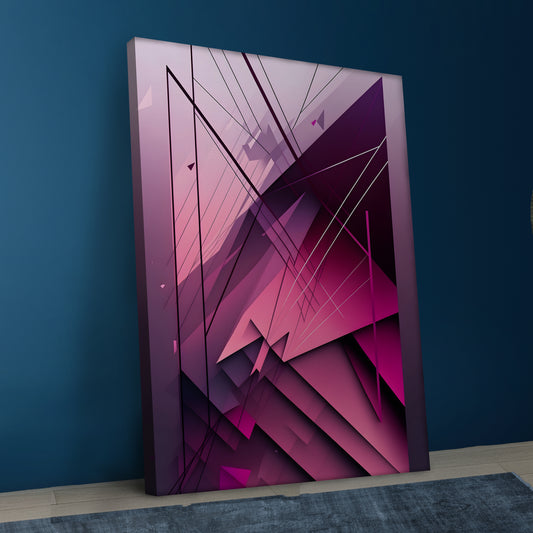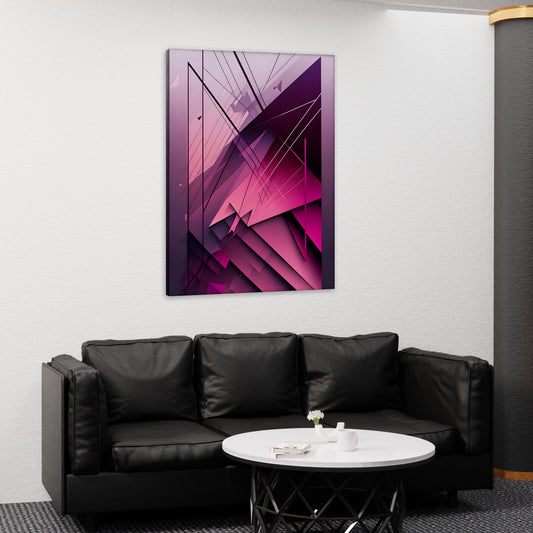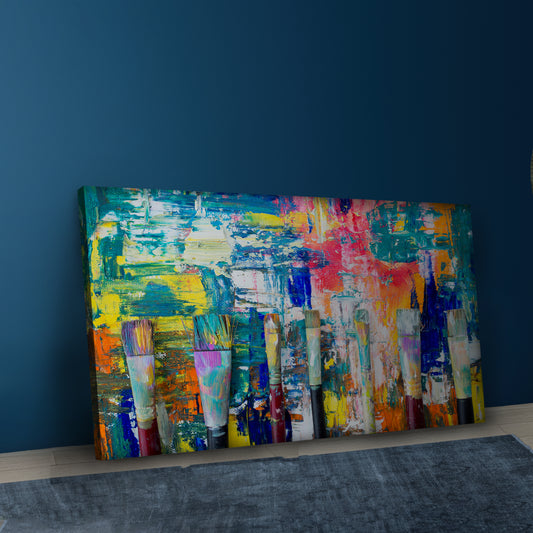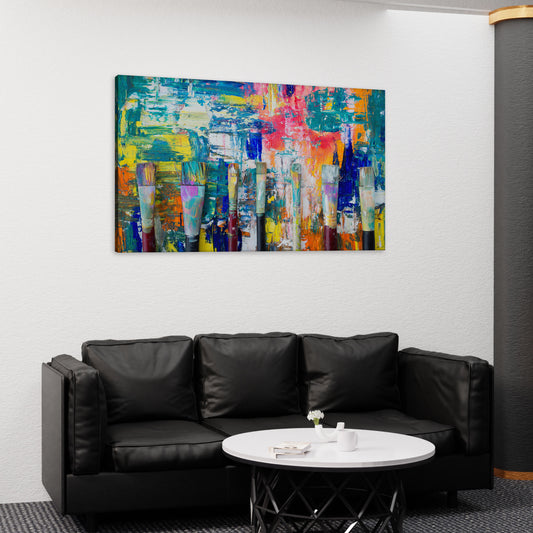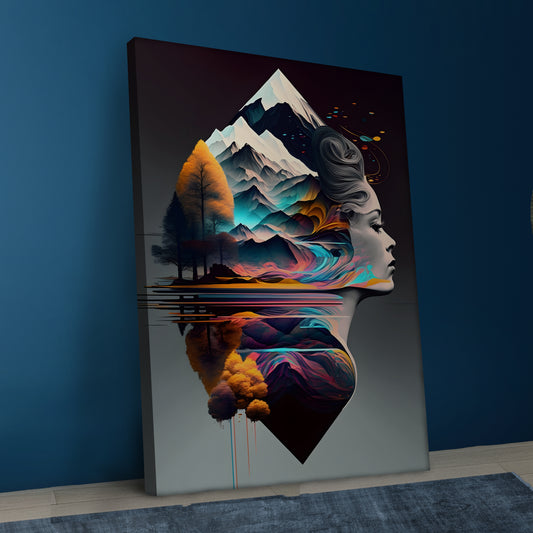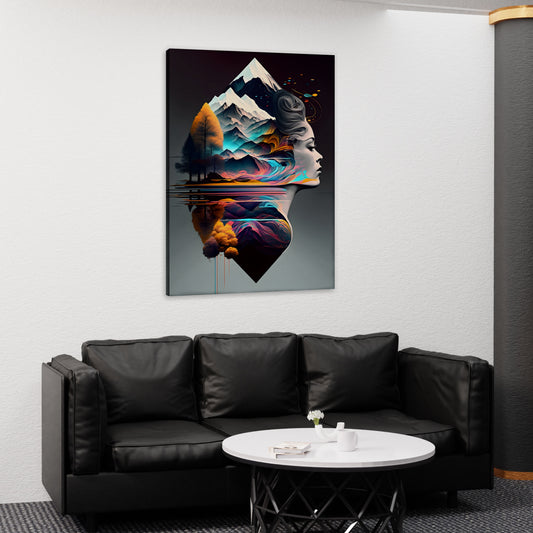How to Choose the Right Size Wall Art
Choosing the right size wall art is crucial for enhancing the overall aesthetics of your space. Whether you’re decorating a cozy apartment or a spacious house, the scale of your art can dramatically affect your room's ambiance. Here's a guide on selecting the ideal size wall art to harmonize with your living environment.
Understand Wall Dimensions
Measure Your Space: Before purchasing wall art, measure the area where you plan to hang it. As a general rule, the art should cover about two-thirds to three-fourths of the wall space. For example, over a sofa or bed, the art should span roughly two-thirds of the furniture's length.
Size Considerations
Go Big for Statement Pieces: A large piece of art can serve as a focal point in any room, especially in living rooms or entryways. Such pieces should be significant but not overpower the space. Make sure there’s enough wall space around the art to prevent it from feeling cramped.
Medium-Sized Art for Smaller Walls: Medium-sized art works well in dining areas, bathrooms, or between windows. These pieces can be grouped for a gallery-like effect or stand alone to complement other decor elements.
Small Prints for Intimate Settings: Small prints are perfect for narrow walls, hallways, or clustered in groups. These can add character and interest to small areas without overwhelming them.
Placement and Proportion
Above Furniture: When hanging art above furniture like a sofa or console, the lower edge of the frames should hang 6-12 inches above the top of the furniture. This placement connects the art visually to the furniture rather than letting it float too high on the wall.
Gallery Walls: For a gallery wall, consider the overall dimensions of the group of art as one piece. Keep the spacing between each frame consistent, usually 2-5 inches, to maintain a cohesive look.
Tips for Visual Balance
Consider the Ceiling Height: The height of your ceiling should influence the vertical size of your art. Higher ceilings might call for taller or vertically oriented art to draw the eye upward.
Room Functionality: Think about the room's purpose. Vibrant, engaging art pieces might be more stimulating in a living room or kitchen, while calming landscapes or abstracts are perfect for bedrooms.
Framing and Matting: These can affect the size and impact of your art. A mat can increase the size, influence the artwork’s appearance, and bring more attention to the art.
Conclusion
Choosing the right size wall art involves understanding the dimensions of your space, the size of the art, and how it complements your decor. Properly scaled art can make a room feel more pulled together and enhance the overall atmosphere of your home. By following these guidelines, you can select wall art that not only fits your space perfectly but also elevates it.
Here's the image illustrating various examples of wall art in different sizes and placements in a stylish interior design setting. This visual guide can help you understand how to choose the right size wall art for different spaces in your home. Feel free to take a closer look!

